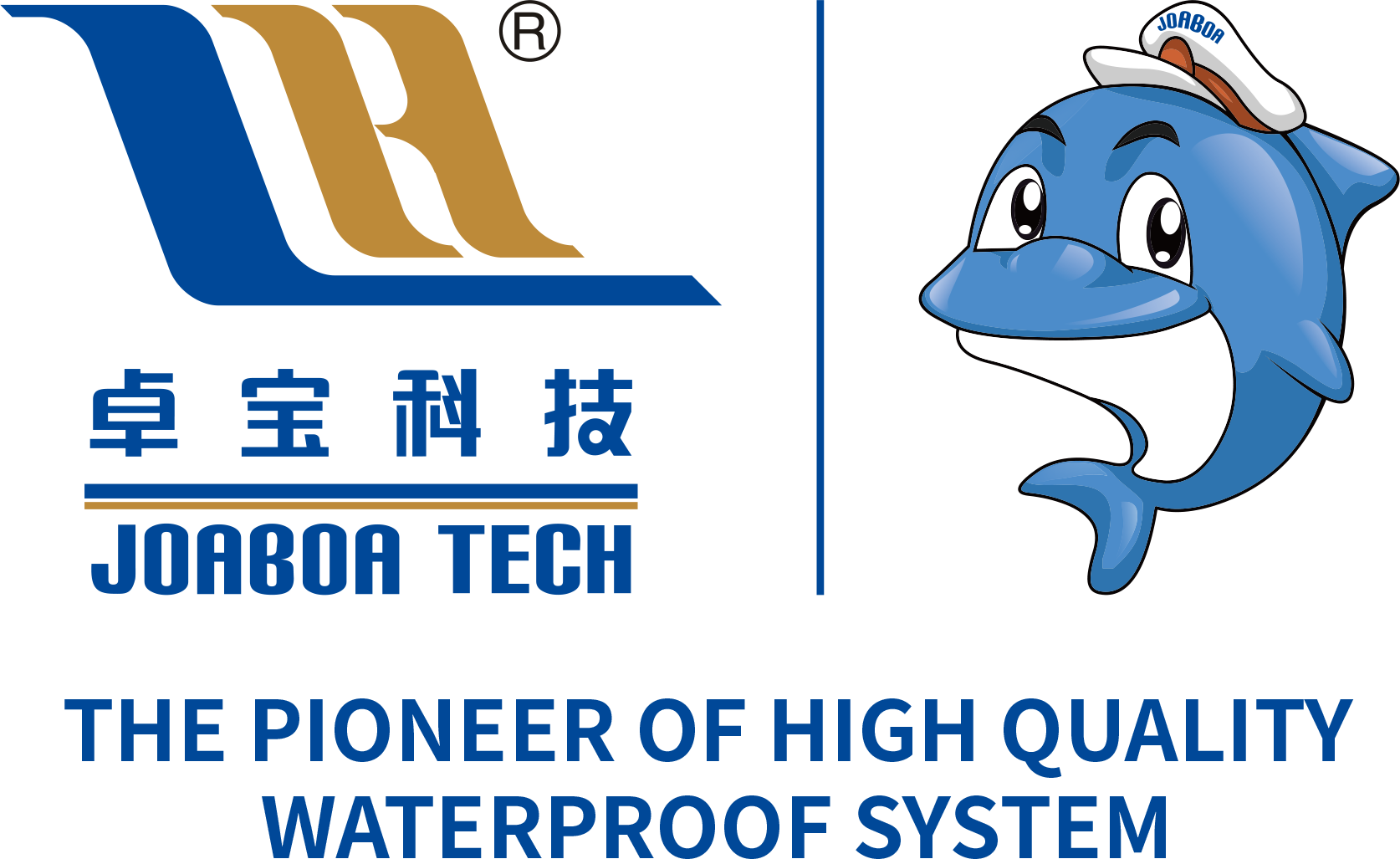Understanding Modified Bitumen Waterproofing Membrane Spots: A Comprehensive Guide
2025-06-06 10:40
---
Modified bitumen waterproofing membranes have gained significant popularity in modern construction due to their durability and effectiveness in moisture control. However, like any other building material, they can develop spots that may raise concerns among professionals in the field. Understanding what these spots are, their origins, and how to address them is crucial for maintaining the integrity of waterproofing systems.
One of the primary reasons for spots on modified bitumen membranes is the presence of contaminants during the installation process. Dirt, dust, and other foreign materials can adhere to the membrane's surface, leading to visible spots. These contaminants can interfere with the membrane's adhesion properties, potentially compromising its waterproofing capabilities. Professionals should ensure that the surface is clean and free from debris before installation to minimize this risk.
Another contributing factor to spotting is the interaction between the membrane and the underlying substrate. If the substrate has not been properly prepared or contains moisture, it can lead to blisters or spots on the membrane. It’s essential to conduct a thorough assessment of the substrate conditions before applying the modified bitumen membrane. Proper preparation can prevent moisture-related issues that lead to spotting.
Environmental conditions also play a significant role in the appearance of spots. UV exposure, extreme temperatures, and humidity levels can affect the membrane’s surface over time. For instance, prolonged exposure to sunlight can lead to oxidation, resulting in discoloration and spotting. Therefore, selecting the right type of modified bitumen membrane for specific environmental conditions is vital.
To address the issue of spots, it is important to perform regular inspections and maintenance of the waterproofing system. Spot treatment can often be performed if the spots are identified early and do not indicate significant underlying problems. Utilizing compatible cleaning agents designed for modified bitumen membranes can help remove superficial spots without damaging the membrane itself.
In some cases, if the spots indicate more severe issues such as delamination or significant moisture infiltration, a more comprehensive repair approach may be necessary. In these situations, consulting with a waterproofing professional is advisable to evaluate the membrane's overall condition and determine the best course of action.
In conclusion, while spotting on modified bitumen waterproofing membranes can be concerning, understanding the underlying factors and implementing preventive measures can significantly mitigate issues. Regular maintenance and awareness of environmental impacts will help ensure the longevity and effectiveness of these waterproofing solutions in any construction project.
Modified bitumen waterproofing membranes have gained significant popularity in modern construction due to their durability and effectiveness in moisture control. However, like any other building material, they can develop spots that may raise concerns among professionals in the field. Understanding what these spots are, their origins, and how to address them is crucial for maintaining the integrity of waterproofing systems.
One of the primary reasons for spots on modified bitumen membranes is the presence of contaminants during the installation process. Dirt, dust, and other foreign materials can adhere to the membrane's surface, leading to visible spots. These contaminants can interfere with the membrane's adhesion properties, potentially compromising its waterproofing capabilities. Professionals should ensure that the surface is clean and free from debris before installation to minimize this risk.
Another contributing factor to spotting is the interaction between the membrane and the underlying substrate. If the substrate has not been properly prepared or contains moisture, it can lead to blisters or spots on the membrane. It’s essential to conduct a thorough assessment of the substrate conditions before applying the modified bitumen membrane. Proper preparation can prevent moisture-related issues that lead to spotting.
Environmental conditions also play a significant role in the appearance of spots. UV exposure, extreme temperatures, and humidity levels can affect the membrane’s surface over time. For instance, prolonged exposure to sunlight can lead to oxidation, resulting in discoloration and spotting. Therefore, selecting the right type of modified bitumen membrane for specific environmental conditions is vital.
To address the issue of spots, it is important to perform regular inspections and maintenance of the waterproofing system. Spot treatment can often be performed if the spots are identified early and do not indicate significant underlying problems. Utilizing compatible cleaning agents designed for modified bitumen membranes can help remove superficial spots without damaging the membrane itself.
In some cases, if the spots indicate more severe issues such as delamination or significant moisture infiltration, a more comprehensive repair approach may be necessary. In these situations, consulting with a waterproofing professional is advisable to evaluate the membrane's overall condition and determine the best course of action.
In conclusion, while spotting on modified bitumen waterproofing membranes can be concerning, understanding the underlying factors and implementing preventive measures can significantly mitigate issues. Regular maintenance and awareness of environmental impacts will help ensure the longevity and effectiveness of these waterproofing solutions in any construction project.
Related News









